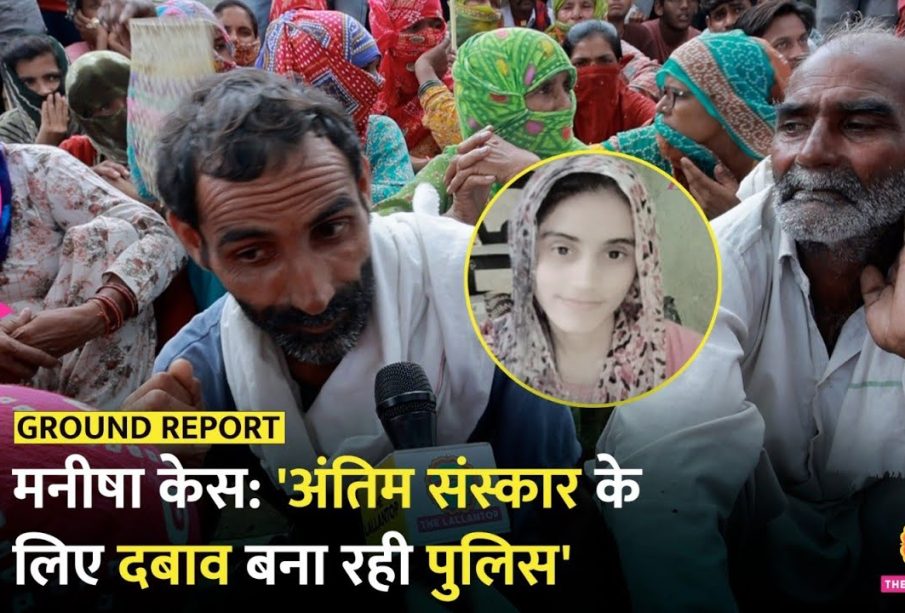An Overview of the Manisha Case in Haryana

Introduction: The Significance of the Manisha Case
The Manisha case in Haryana has ignited widespread outrage and concern across India. The incident brings to light critical social issues including women’s safety, law enforcement efficacy, and societal attitudes toward gender violence. As the case unfolds, it resonates not only within the state but also nationally, demanding attention from various stakeholders including the government, civil society, and citizens.
Details of the Incident
Manisha, a 22-year-old student, was found dead under mysterious circumstances in her village in Haryana earlier this month. The police reported that she had been missing for several days before her body was discovered. Initial investigations suggest possible foul play, as there were signs of physical struggle at the scene. Eyewitnesses have reported hearing suspicious noises the night she disappeared, further complicating the timeline of events.
Public Outcry and Protests
The news of Manisha’s death sparked immediate public outcry, with protests erupting in various cities across Haryana. Activists and local residents gathered to demand justice for Manisha and accountability from authorities, asserting that the state must do more to protect women. Several women’s rights organizations have called for stricter laws against gender-based violence and have urged the government to take proactive measures to ensure safety for women in the state.
Police Investigation and Legal Proceedings
As the investigation progresses, the police have claimed to have identified several suspects based on witness statements and forensic evidence. Authorities have intensified patrols in vulnerable areas and announced measures to enhance women’s safety. The police department is under pressure to solve the case swiftly, as there is mounting public demand for justice. The local court has already begun preliminary hearings, and many hope for swift resolutions.
Conclusion: The Broader Implications
The Manisha case highlights the urgent need for societal and systemic reforms regarding women’s safety. It raises essential questions about the effectiveness of current laws and the responsiveness of law enforcement in cases involving gender violence. As the story continues to unfold, it serves as a reminder of the challenges faced by women in India and the collective responsibility to create a safer environment. Future developments in this case may influence public policy and advocacy efforts significantly, making it a pivotal moment for regional and national discourse on women’s rights.









